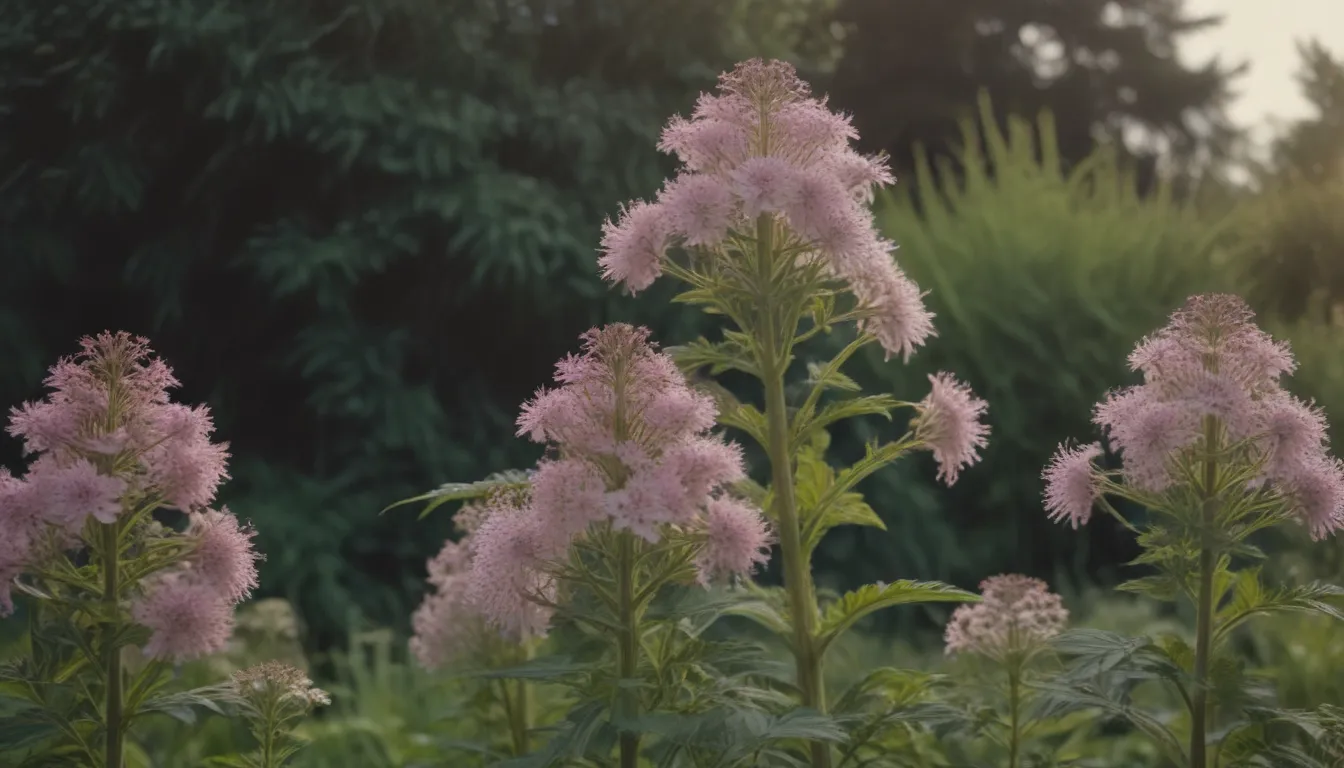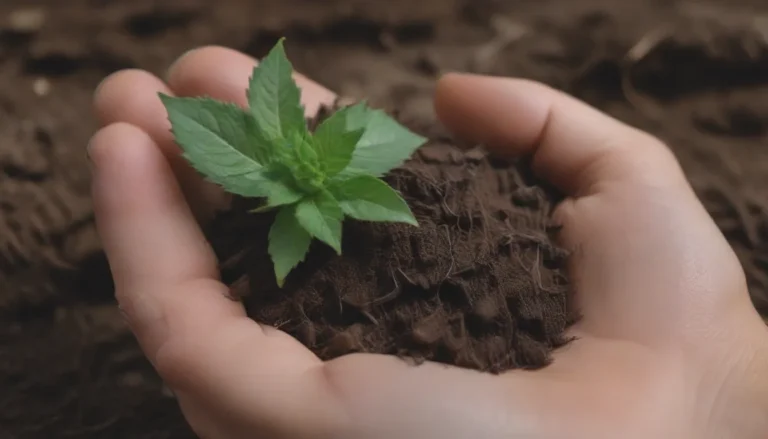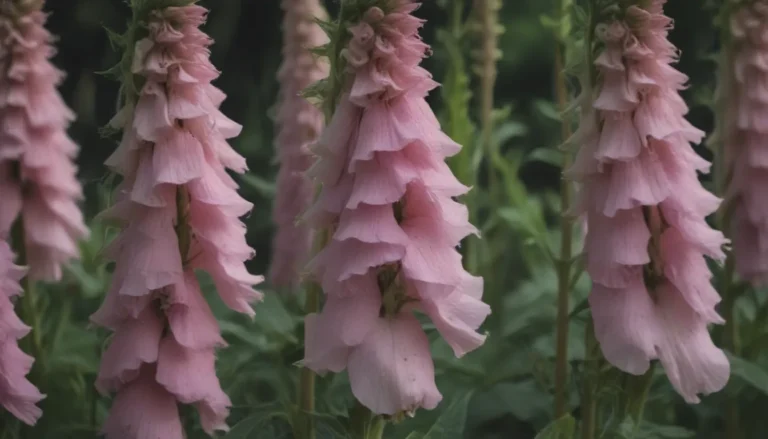Growing and Caring for Spur Valerian in Your Garden

If you’re looking to add a splash of vivid color and easy-to-care-for plant to your garden, look no further than spur valerian (Centranthus ruber). This hardy perennial is a favorite among gardeners for its bushy stems that produce an abundance of star-shaped flowers with an impressively long bloom time. In this in-depth guide, we’ll explore everything you need to know about growing and caring for spur valerian in your own garden.
Why Choose Spur Valerian
Spur valerian is a versatile plant that is both easy to grow and low-maintenance. Whether you have a cottage garden, rocky terrain, or a sunny spot in need of some color, spur valerian is a great choice. Here are some key reasons why you should consider adding this plant to your garden:
- Long bloom time: Spur valerian blooms from late spring through fall, providing your garden with continuous color.
- Low maintenance: This hardy plant is tolerant of poor, infertile soils and requires little water once established.
- Beneficial for pollinators: The fragrant flowers of spur valerian attract pollinators, making it a great choice for supporting beneficial insects in your garden.
Spur Valerian Care Tips
Light
Spur valerian thrives in full sun, although it can tolerate partial shade. For the best bloom results, plant it in a sunny spot where it will receive ample sunlight throughout the day.
Soil
One of the great things about spur valerian is its ability to thrive in poor, infertile soils. However, it does prefer slightly alkaline soil, so consider adding limestone if your soil is more acidic. If you have rich soil, staking may be necessary to support the tall growth of spur valerian.
Water
Once established, spur valerian is drought-tolerant and does not require much water. Avoid over-watering, as this plant prefers drier conditions. Water lightly during hot, dry spells, but otherwise, let natural rainfall sustain your spur valerian.
Temperature and Humidity
Spur valerian prefers moderate temperatures and does not do well in hot, humid conditions. Avoid planting it in tropical climates where it may struggle to thrive.
Fertilizer
Due to its ability to grow in poor soils, spur valerian generally does not require fertilization. This makes it a low-maintenance plant that is easy to care for in a variety of garden settings.
Types of Spur Valerian
Centranthus ruber comes in several varieties, each with its own unique colors:
- Centranthus ruber ‘Coccineus’
- Centranthus ruber ‘Roseus’
- Centranthus ruber ‘Albus’
Pruning and Propagating Spur Valerian
Spur valerian self-seeds readily and can be aggressive in its spread. To control its growth and promote abundant blooms, consider the following tips:
Pruning
- Cut back spur valerian after the bloom period to prevent unwanted spread.
- Allow the plant to bloom from early summer to September before pruning.
Propagating
- Take basal cuttings in the spring or early summer to propagate new plants.
- Divide the roots in spring or fall to prevent overcrowding and maintain plant health.
How to Grow Spur Valerian From Seed
Growing spur valerian from seed is a rewarding process that can produce beautiful results in your garden. Follow these tips for successful seed propagation:
- Sow seeds in a sheltered spot during winter and transplant seedlings in the spring.
- Thin out seedlings to keep the most vigorous ones for transplanting.
- Water seedlings lightly to avoid over-watering and promote healthy growth.
Overwintering
Despite their hardiness, spur valerian plants will die back in the winter and regrow from the ground up in the spring. Ensure they have adequate protection during the colder months to support healthy growth in the coming season.
Common Pests and Diseases
Spur valerian is relatively resistant to pests and diseases, making it a trouble-free addition to your garden. However, keep an eye out for any signs of stress or infestation to ensure the continued health of your plants.
How to Get Spur Valerian to Bloom
To encourage the most impressive blooms from your spur valerian, follow these tips:
- Provide full sun for optimal flower production.
- Maintain well-draining soil and deadhead regularly to prolong blooming.
- Consider planting in a container for easy care and a constant source of color in your garden.
With its stunning flowers, easy care requirements, and attractiveness to pollinators, spur valerian is a fantastic choice for any garden. Whether you’re a seasoned gardener or just starting out, this versatile plant is sure to add beauty and interest to your outdoor space. So why not consider adding a splash of vivid color with spur valerian in your garden today?





